Tomorrow is St. Patrick’s Day, which offers us a wonderful chance to reflect on some of our city’s early Irish connections.
There were many families who came to settle in historic Mississauga who originated from Ireland – and were of both Catholic and Protestant faiths.
We had historic fraternal organizations with firm Irish roots established here, including the Loyal Orange Lodge. Early Roman Catholic churches such as St. Patrick’s, St. Joseph’s, St. Peter’s, the Fifth Line Church, and others, administered to the needs of the respective flocks.
Many stories in our early histories connect to early Irish immigration, such as Colonel Connell Baldwin, Clogheneagh, Pucky Huddle, Elmbank, Erindale, Corn Dilly, the Town Line Blazers, and so many, many more.
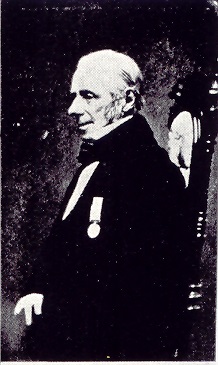
The village of Dixie was even known locally as “Irishtown” and “Corktown” in its early years. It would not be inaccurate to say that life in early Mississauga was shaped and influenced by those of Irish origins as much as anyone else.
One of the strongest reminders on our landscape for several early Irish families can be found with St. Mary Star of the Sea Roman Catholic Cemetery in Port Credit, particularly given its visible presence along a major route of transportation. But for many years, Catholic residents in the Port Credit area had to travel farther afield for church and cemetery needs.
The earliest established Catholic parish to serve our area was centred on St. Patrick’s Roman Catholic Church in Wildfield in nearby Toronto Gore in 1829.

In the early 1830s a new Catholic church and cemetery was established near Malton, along Fifth Line.
The mission was known by several names over its close to 100 years of existence: the Fifth Line Church, Elmbank, St. Bernard’s, St Patrick’s, St. Kevin’s, St. Peter’s, and the Sacred Heart of Jesus.
In the 1850s and 1860s, people are noted to have travelled from as far away as Port Credit to attend mass. In time, other Catholic churches were established, and all with strong Irish Catholic connections.
The roots for a Catholic congregation in the Port Credit area may date back to 1862 when an Irish priest, Father William Flannery, is noted with organizing a congregation in Port Credit.
In 1866 this fledging was part of the new Dixie parish, although the older church at Elmbank continued as well.
Property for a church and cemetery in Port Credit was acquired by the Roman Catholic Episcopal Corporation in 1870, and burials may have begun as early as 1872. The consecrated burial grounds, originally consisting of ¾ of an acre, were blessed on September 19, 1875.
As the Catholic congregation in the Port Credit area grew, they met in a house that was located adjacent to the cemetery.
According to the Archives of the Roman Catholic Archdiocese of Toronto the first church may have been known as Mount Carmel Chapel, but it is unclear if this refers to a church-specific building or to the congregation itself.
In 1880 a church was built christened St. Mary Star of the Sea Roman Catholic Church and was located immediately to the west of the cemetery.
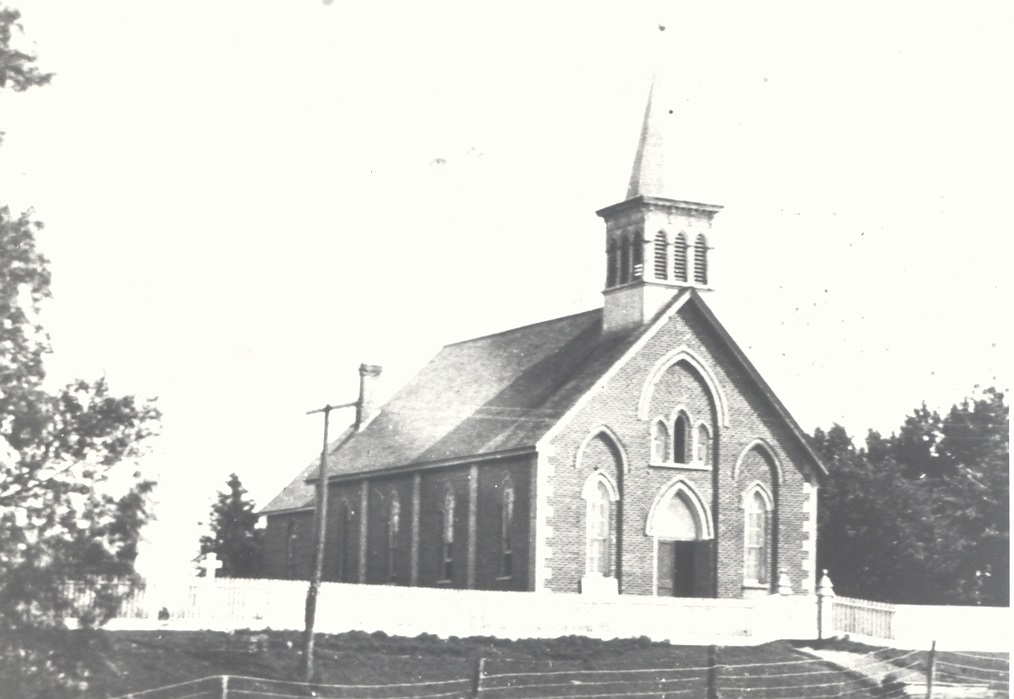
The church remained part of the Dixie parish until 1913, when Port Credit became a parish unto itself.
The c1880 church in Port Credit was replaced in 1952 by the present St. Mary Star of the Sea Roman Catholic Church. The old church survived until 1976.
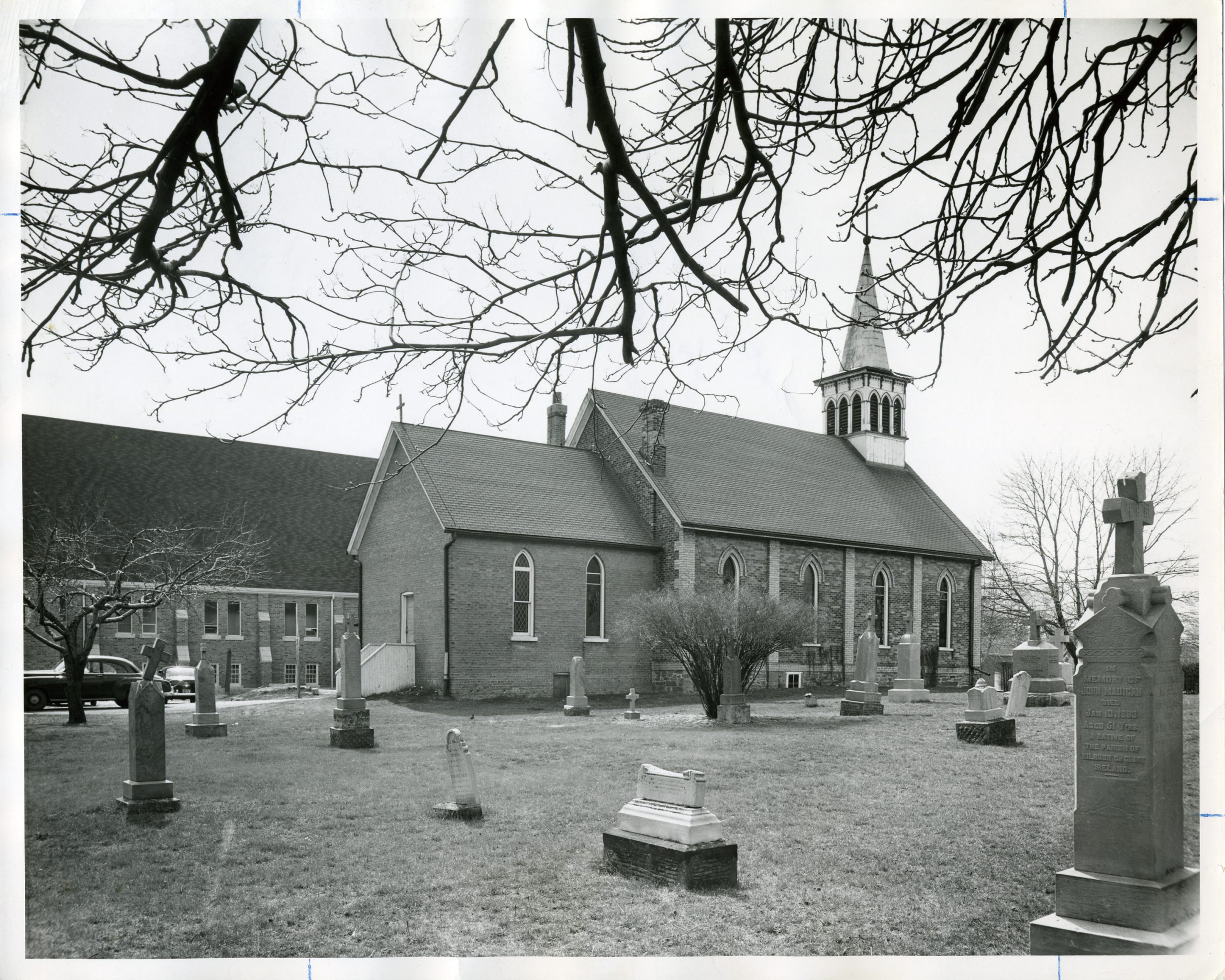
The cemetery did not have a formal plan for interments and over time this lack of coordination created an uncertain plan for the property.
In 1918 it was decided that the cemetery would be closed, and a new cemetery was established nearby on Dickson Road
The old cemetery in Port Credit continued to be in service until 1923, at which time it was estimated that there were approximately 600 burials.
It is believed that some families moved gravestones and burials to the new cemetery, although to what extent is unknown. The old cemetery gradually fell into disrepair.
The small cemetery that remains in Port Credit today is only a portion of the original cemetery grounds, and it is believed that the larger property remains the final resting place for many early Catholic settlers.

And a large number of them were of Irish ancestry. Relatively few of the burials are marked by visible grave markers, some of the early Irish Catholic families buried here include members of the Blackhall, Collins, Corrigan, Devlin, Donnelly, Hickey, Madigan, McCarthy, Murphy, O’Connor, O’Neill, O’Reilly, O’Sullivan and Shanahan families, amongst many, many others. All of them have stories to tell.
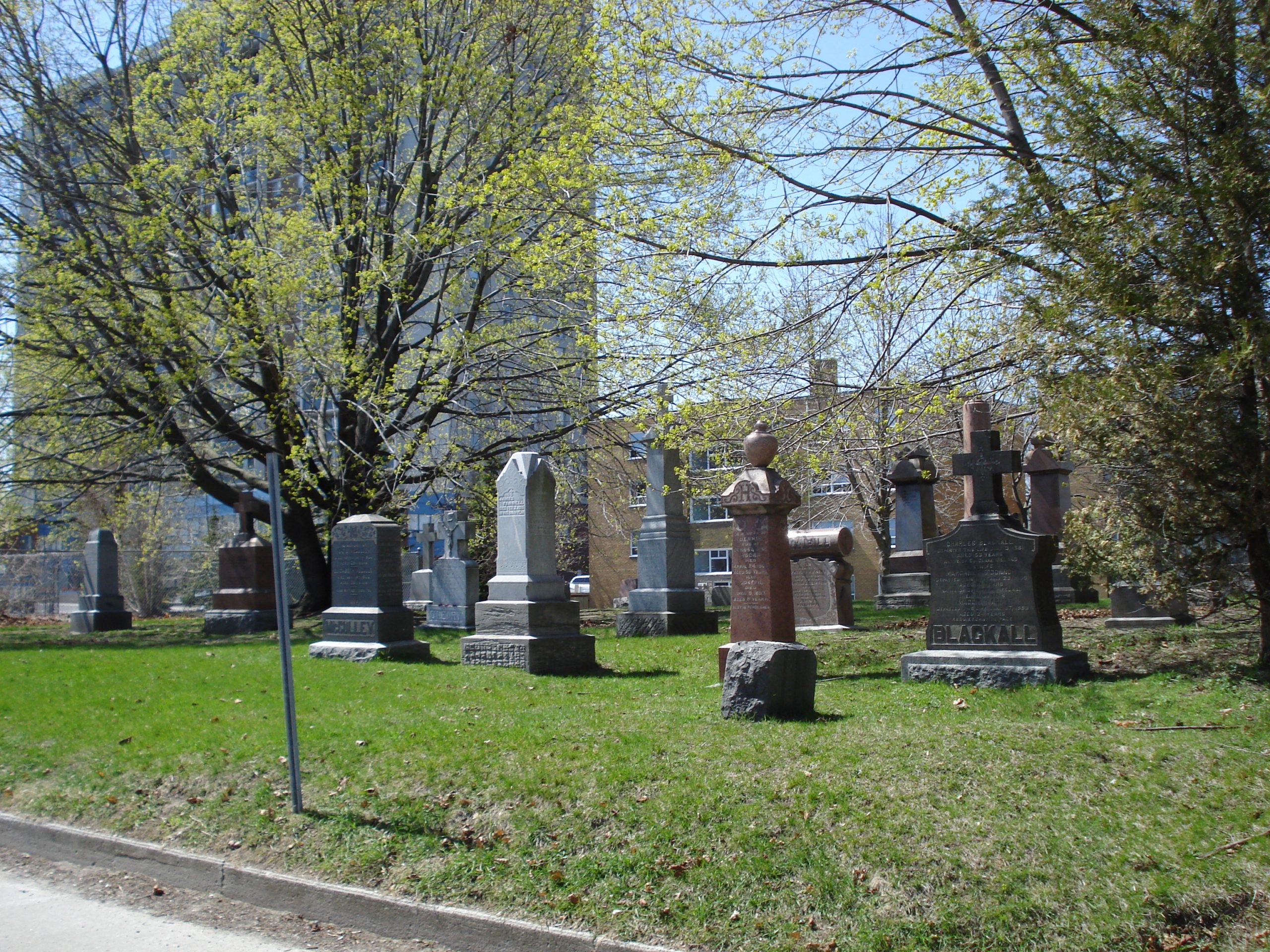
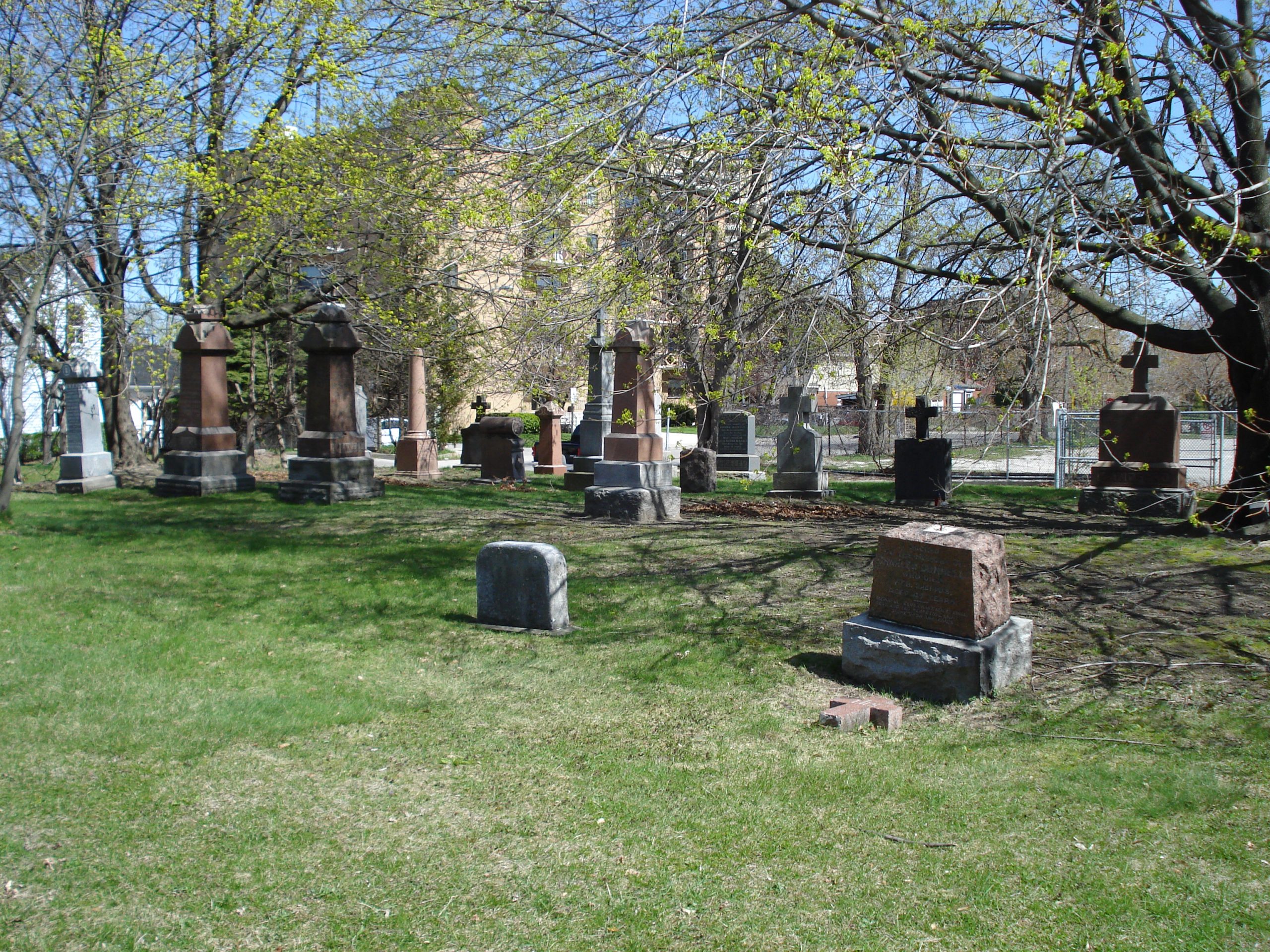



Comments are closed.